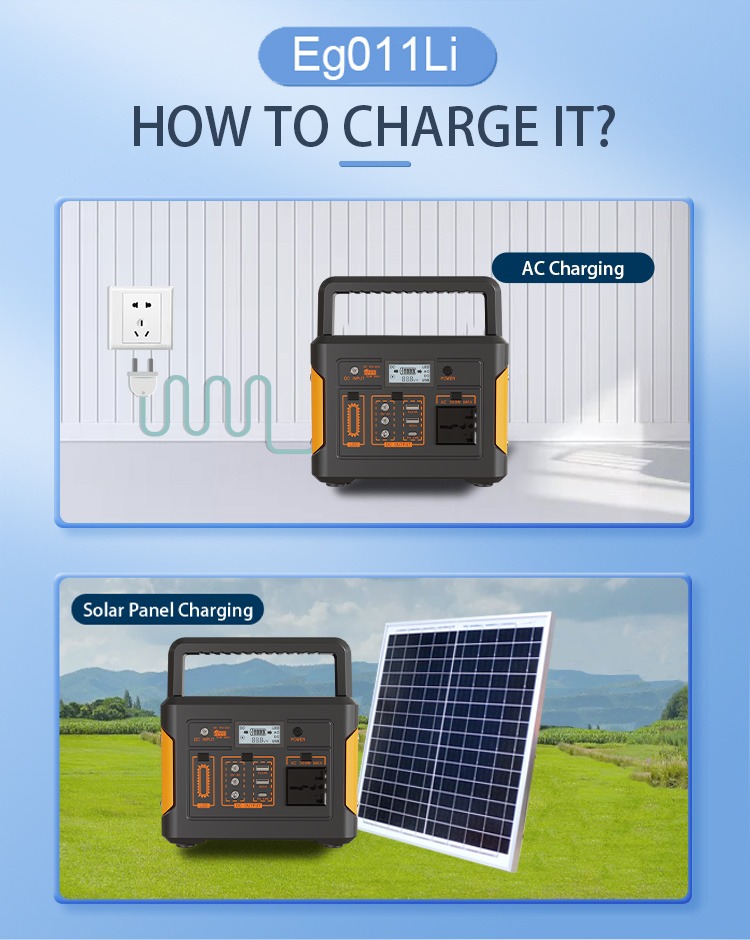Determining Solar Panel Power Compatibility for Your Devices
1/13/20254 min read


Understanding Product Charging Requirements
When considering the integration of solar energy into your electronic devices, it is vital to thoroughly analyze the charging specifications of the products you intend to power. Each device comes equipped with a manual or technical handbook that provides essential information about its charging requirements. This document is invaluable, serving as a guide to help you assess whether your chosen solar panel is compatible.
Key parameters to focus on include maximum input power, maximum input voltage, and maximum input current. The maximum input power indicates the highest wattage the device can handle for effective charging. This value should align closely with the output of your solar panel. If the solar panel's output exceeds this parameter, it may risk damaging the device.
Next, the maximum input voltage is equally important. Devices typically have a specified voltage range that is optimal for their charging process. Mismatch in voltage can not only impair performance but also result in safety hazards. For example, if the solar panel voltage is too high, it could lead to overheating or circuit failure. Therefore, it is crucial to ensure that the panel voltage remains within the specified range.
Finally, understanding the maximum input current is essential for ensuring safe and efficient charging. Most solar panels specify a current output, which must not surpass the device's limits. Overshooting this parameter may cause electrical components to fail or suffer damage.
By carefully reviewing these specifications and guidelines within the product manual, you can make informed decisions regarding your solar panel choice, ensuring that your devices are charged efficiently and safely.
Assessing Solar Panel Specifications
When evaluating solar panel compatibility for your devices, understanding the specifications of the panels themselves is essential. The primary aspects to consider include voltage output, current output, and wattage. These parameters will help you ascertain whether a particular solar panel can effectively support the energy demands of your devices.
The voltage output of a solar panel indicates the electrical potential delivered when sunlight strikes the panel. Most appliances have specific voltage requirements. For example, a typical household device may require 12V, while larger appliances might necessitate 24V or higher. Therefore, ensuring that the solar panel provides adequate voltage is crucial for optimal functioning.
Current output is another significant specification to investigate. It represents the flow of electricity the panel can produce at any given time, measured in Amperes (A). A solar panel's ability to supply sufficient current is vital since appliances operate at different current requirements. If the current output is lower than what the device requires, it may lead to inadequate power supply or even damage. Moreover, evaluating how the solar panel's current supply varies with sunlight intensity can provide insights into its performance in varying conditions.
Wattage, encapsulated as the product of voltage and current, depicts the total power output of the solar panel. This figure helps you ascertain whether the panel can meet not only the continuous power requirements of your devices but also any peak power demands during startup. By comparing the wattage of the solar panel with the wattage requirements of your intended devices, you can ensure compatibility.
To effectively read a solar panel's datasheet, look for these specifications clearly outlined in the technical section. Often accompanied by graphs and charts, these datasheets provide detailed information on performance under various conditions. By carefully analyzing the datasheet, you can gather the necessary data to evaluate the solar panel's suitability for your energy needs.
Calculating Power Needs: A Step-by-Step Approach
When considering the use of solar panels for powering devices, understanding your energy needs is crucial. The first step in this process is to determine the energy consumption of your device. This is typically measured in watts (W). To calculate this, you can use the formula:
Power (W) = Voltage (V) × Current (A)
For instance, if a device operates at 12 volts and draws 2 amperes of current, the power requirement would be:
Power = 12 V × 2 A = 24 W
Next, to calculate daily energy consumption, you need to know the average hours the device will be operational. If the device operates for 5 hours daily, use the formula:
Energy (Wh) = Power (W) × Time (h)
Continuing with our example, the daily energy consumption would be:
Energy = 24 W × 5 h = 120 Wh
Now that you understand your device's energy consumption, it is time to evaluate the energy output of your solar panel. The output is influenced by the solar panel's wattage rating and the average sunlight exposure it receives. For instance, if a solar panel is rated at 100 W and receives an average of 5 hours of full sunlight per day, its daily energy output can be calculated as follows:
Output (Wh) = Panel Power (W) × Sunlight Hours (h)
In this example, the output would be:
Output = 100 W × 5 h = 500 Wh
With both your device's energy needs and your solar panel's energy output determined, you can assess compatibility. Ensuring your solar panel can generate sufficient energy to meet or exceed the energy requirements of your devices is essential for effective renewable energy usage.
Making Adjustments for Optimal Compatibility
When faced with compatibility issues between your solar panel and the energy requirements of your devices, it is essential to explore several adjustments and alternatives. First and foremost, consider selecting a different solar panel that offers higher specifications. Opting for a panel with a greater power output can ensure that it meets the demands of your devices, providing sufficient energy to function optimally. It is advisable to evaluate your devices’ voltage and wattage requirements thoroughly to determine the ideal specifications needed from a new solar panel.
In instances where changing panels is not feasible, utilizing a voltage regulator can be an effective solution. A voltage regulator ensures that your devices receive a consistent voltage level, protecting them from potential damage caused by fluctuations in energy supply. This is particularly important for sensitive electronic devices that may require stable power for proper operation. By regulating the voltage output from your solar panel, you can mitigate the risk of over-voltage or under-voltage scenarios.
Another viable option is to incorporate a battery system for energy storage. A solar battery can store any excess energy generated during sunny periods, allowing your devices to draw power when required. This flexibility enhances the overall reliability of your solar energy system, enabling you to use your devices even during low sunlight conditions or at night. Ensure to select a battery with an appropriate capacity that aligns with your daily energy consumption needs.
Moreover, ongoing monitoring and adjustments are crucial to maintaining long-term efficiency and safety in solar energy applications. Regularly checking the performance of both your solar panel and connected devices can help identify issues early and allow for timely interventions. This proactive approach enables users to adapt to changing energy demands and ensures that the solar power system functions effectively over time.
